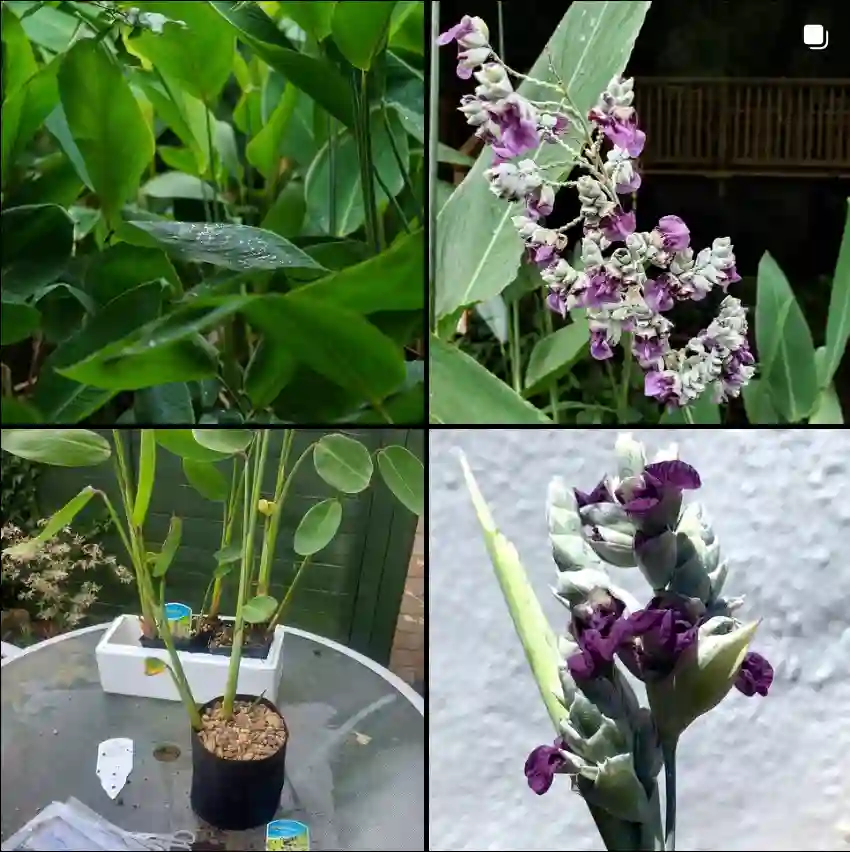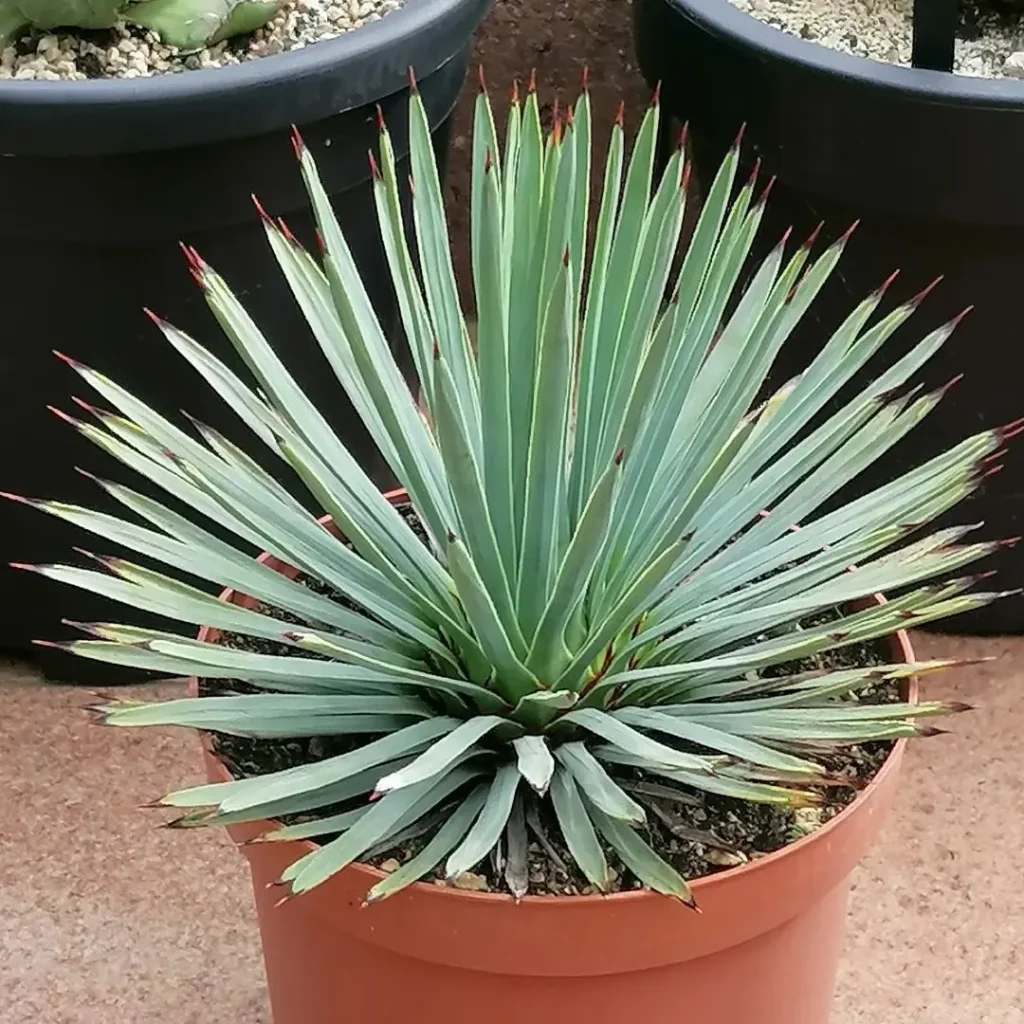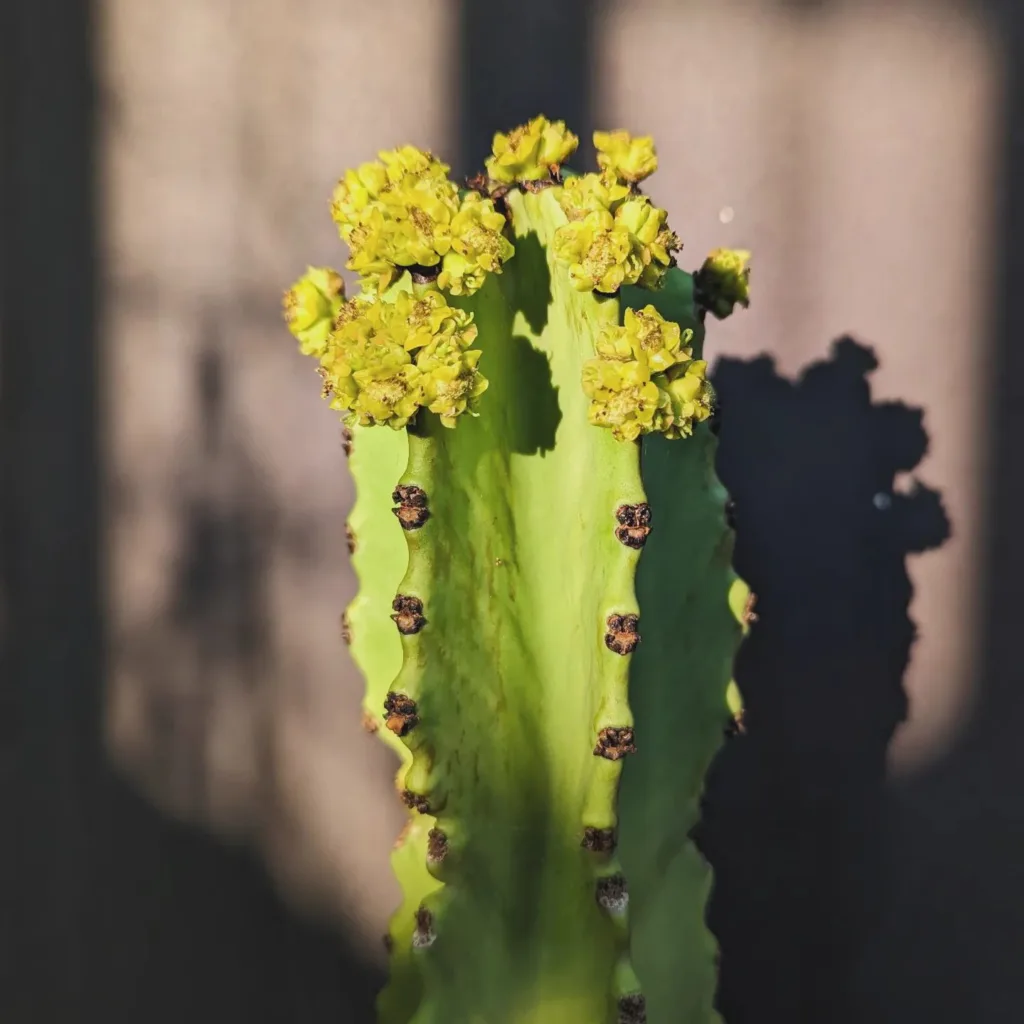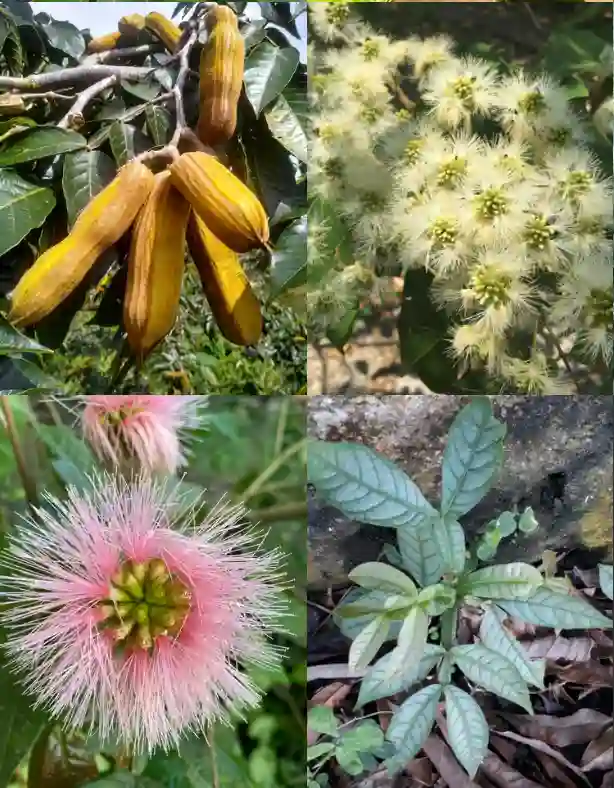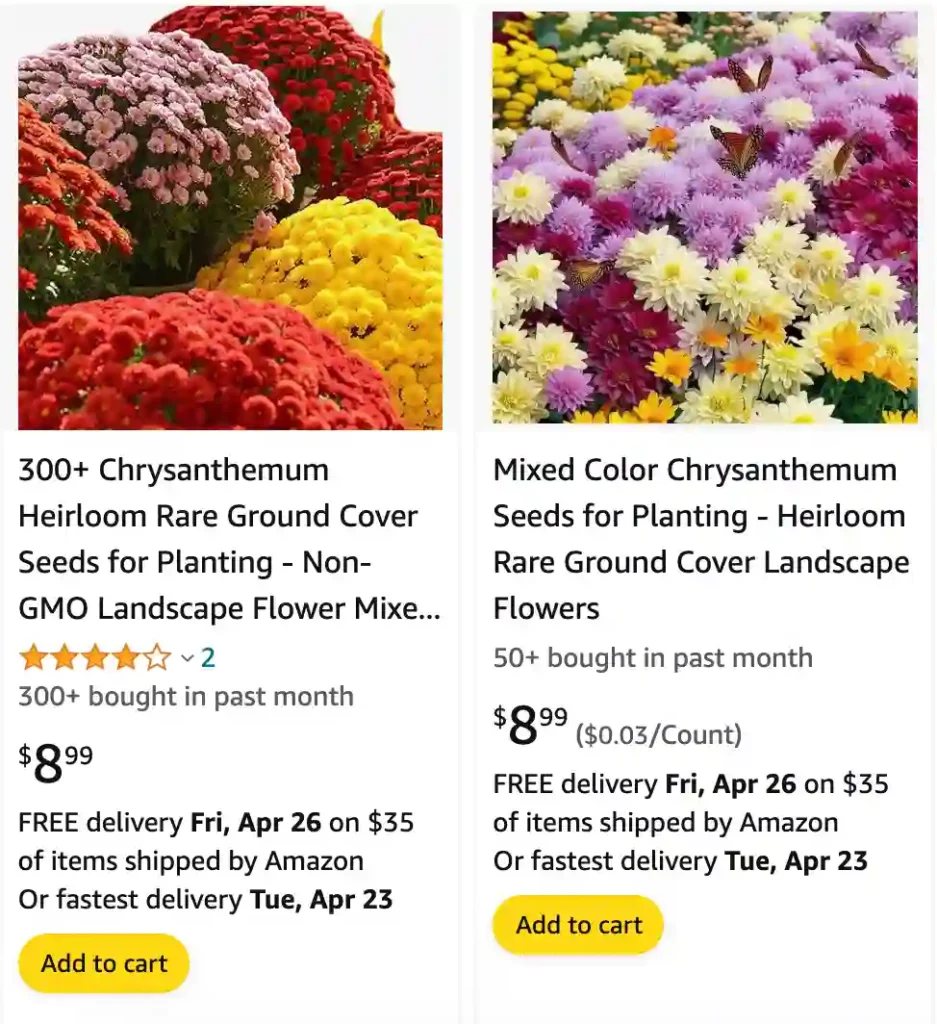
January 22 – Chrysanthemum
“Chrysanthemum, the flower of joy and longevity, defines January 22.”
You are cheerful and resilient, bringing life to any gathering. Your energy and positivity uplift everyone you encounter.
What is chrysanthemum?
Chrysanthemum belong to the Asteraceae family, has always held a special place in my garden and heart. These plants, commonly referred to as “mums,” are a vibrant celebration of autumn. Every year, I eagerly anticipate their burst of color, transforming my landscape into a canvas of yellows, pinks, purples, and whites. Let me take you through my journey with these remarkable plants, touching on their history, types, care, and why they’re an essential addition to any garden.
Chrysanthemums have an illustrious origin, dating back to 15th-century China, where they were cultivated for their beauty and medicinal properties. Known as one of the “Four Gentlemen” in Chinese art and culture, chrysanthemums symbolize longevity and rejuvenation. They made their way to Japan during the 8th century, becoming a national symbol and eventually reaching Europe in the 17th century.
For me, growing chrysanthemums connects me to this rich history. Every bloom feels like a small tribute to centuries of horticultural artistry.
Chrysanthemum Species
- Chrysanthemum × aphrodite Kitam.
- Chrysanthemum arcticum L.
- Chrysanthemum argyrophyllum Y.Ling
- Chrysanthemum arisanense Hayata
- Chrysanthemum bizarre C.Z.Shen
- Chrysanthemum chalchingolicum Grubov
- Chrysanthemum chanetii H.Lév.
- Chrysanthemum crassum (Kitam.) Kitam.
- Chrysanthemum × cuneifolium Kitam.
- Chrysanthemum dabieshanense Z.X.Fu, A.G.Zhen & Y.P.Ma
- Chrysanthemum dichrum (C.Shih) H.Ohashi & Yonek.
- Chrysanthemum foliaceum (G.F.Peng, C.Shih & S.Q.Zhang) J.M.Wang & Y.T.Hou
- Chrysanthemum glabriusculum (W.W.Sm.) Hand.-Mazz.
- Chrysanthemum horaimontanum Masam.
- Chrysanthemum hypargyreum Diels
- Chrysanthemum indicum L. Plant FAQs: Chrysanthemum Indicum
- Chrysanthemum integrifolium Richardson
- Chrysanthemum japonense (Makino) Nakai
- Chrysanthemum lavandulifolium (Fisch. ex Trautv.) Makino
- Chrysanthemum × leucanthum (Makino) Makino
- Chrysanthemum longibracteatum (C.Shih, G.F.Peng & S.Y.Jin) J.M.Wang & Y.T.Hou
- Chrysanthemum makinoi Matsum. & Nakai
- Chrysanthemum maximoviczii Kom.
- Chrysanthemum × miyatojimense Kitam.
- Chrysanthemum × morifolium (Ramat.) Hemsl.
- Chrysanthemum morii Hayata
- Chrysanthemum naktongense Nakai
- Chrysanthemum nankingense Hand.-Mazz.
- Chrysanthemum neo-oreastrum C.C.Chang
- Chrysanthemum okiense Kitam.
- Chrysanthemum oreastrum Hance
- Chrysanthemum ornatum Hemsl.
- Chrysanthemum parvifolium C.C.Chang
- Chrysanthemum potentilloides Hand.-Mazz.
- Chrysanthemum rhombifolium (Y.Ling & C.Shih) H.Ohashi & Yonek.
- Chrysanthemum × shimotomaii Makino
- Chrysanthemum sinuatum Ledeb.
- Chrysanthemum vestitum (Hemsl.) Stapf
- Chrysanthemum yantaiense M.Sun & J.T.Chen
- Chrysanthemum yoshinaganthum Makino ex Kitam.
- Chrysanthemum zawadzkii Herbich
- Chrysanthemum zhuozishanense L.Q.Zhao & Jie Yang
What does a chrysanthemum look like?
A chrysanthemum in full bloom has intricate, layered petals that form a stunning, rounded shape, often reminding me of a bright, fluffy pom-pom.
Are chrysanthemums toxic to cats?
Sadly, yes, chrysanthemums are toxic to cats. I had no idea about this until my usually well-behaved cat, Luna, decided my potted chrysanthemum made a very appealing snack. It led to a rather worrying afternoon, with lots of vomiting and lethargy. The vet confirmed it was from the plant and thankfully, she was totally fine after a day or so. It was a scary lesson though, and I keep a very close eye on her and my plants now – no matter how pretty I think those big, colorful mums look!
Are chrysanthemums perennials?
It’s a bit of a mixed bag with chrysanthemums and whether they’re perennials. The kind you usually find in garden centers during the fall, those big bushy ones with tons of flowers, are often treated as annuals. But, there are actually hardy chrysanthemums that can come back year after year. My neighbor’s got these bright pink ones that bloom like clockwork in her garden every spring. I’m a bit envious honestly because she does nothing special for them, but mine never seem to last the winter!
Do chrysanthemums need full sun?
Absolutely, mums are sun-worshippers! I’ve found this out the hard way a couple of times. Last year I put a big pot of vibrant yellow chrysanthemums on the side of my porch that gets morning shade. I thought it’d be perfect, a bit of protection from the scorching afternoon sun. Well, the poor plant grew all spindly and leggy, the flowers were tiny and barely opened. Now it’s got the full-sun treatment, and the difference is incredible – thick leaves, strong stems, and tons of blooms!
Does chrysanthemum tea have caffeine?
Nope, chrysanthemum tea is a great caffeine-free option. I love it, especially on cold evenings when I want a cozy drink without getting all wired up before bed. It’s got this light, floral sweetness that’s really comforting, and a slightly grassy taste that I find super relaxing. My husband makes fun of my “flower tea”, as he calls it, but I’ve definitely noticed it helps me unwind after a long day!
How to care for chrysanthemums in a pot?
Keeping potted chrysanthemums happy is all about light, water, and a touch of TLC. Sunlight is crucial – mine always thrive in the brightest spot I can find. I’m also a bit of a helicopter plant mom, so I check the soil every day. The moment it starts to feel dry, I give my potted mums a good soak. Just make sure your pot has drainage holes because they hate soggy roots. I also pinch back faded blooms regularly, which seems to encourage even more flowers. The result is a super bushy plant full of cheerful color!
Are chrysanthemums poisonous to dogs?
Unfortunately, yes, chrysanthemums are poisonous to dogs. This is something I learned the hard way with my Labrador, Max. He’s a notorious nibbler, and one day I noticed he’d taken a few chomps out of a chrysanthemum plant I had by the front door. Within an hour or so, he was vomiting and seemed really out of sorts. A quick call to the vet confirmed the culprit. Thankfully, he was back to his goofy self after a day of rest, but I definitely keep a much closer eye on him around any flowers now!
How long do chrysanthemums last?
It depends on the type of chrysanthemum! Those big, showy mums you get at the garden center in the fall often last a few weeks – maybe a month if you’re lucky. That’s why I usually treat them like annuals and enjoy their vibrant color while it lasts. But the hardy kind, the ones that grow directly in the ground, can bloom for an entire season! Plus, if you’re diligent about deadheading and providing care, you might get a welcome burst of color the following year, too.
How often to water chrysanthemum?
Mums are kind of thirsty plants, especially when they’re blooming like crazy. I’ve learned my lesson after a few droopy, sad-looking chrysanthemums from under-watering. Now, I check the soil every single day. If the top inch or so feels dry, I give them a thorough soak. During hot, sunny weather, that sometimes means watering daily! Container-grown mums especially need frequent waterings because the soil dries out faster. The balance is key, though – you don’t want the roots sitting in soggy soil.
Are chrysanthemums edible?
Yes, some varieties of chrysanthemums are edible! I’ve never personally cooked with them, but I’ve tried chrysanthemum tea. It’s really light and floral with a subtle sweetness. I’ve also heard the young leaves and shoots can be eaten in salads or added to stir-fries. It definitely sounds interesting, but a bit adventurous for my cooking skills. I think I’ll stick to admiring their vibrant colors for now!
Do deer eat chrysanthemums?
Sadly, the answer is yes, deer can and will eat chrysanthemums. I learned this lesson the hard way a few years ago when I planted some beautiful purple mums along the edge of my yard. One morning, I woke up to find them reduced to ragged stems! The deer in my neighborhood had clearly enjoyed a lovely midnight snack. Since then, I’ve been extra careful about where I plant mums, always keeping them closer to the house where the deer are less likely to venture.
How much sun do chrysanthemums need?
Chrysanthemums are absolute sun lovers! They really thrive on at least 6 hours of full, direct sunlight every day. I’ve noticed that when I give them all that glorious sunshine, the plants get nice and bushy, with tons of bright, vibrant blooms. If they’re stuck in a shady spot, they tend to stretch out, become a bit scraggly, and the flowers just aren’t as showy. So if you want big, beautiful chrysanthemums, find them the sunniest spot possible!
Are chrysanthemums deer resistant?
Unfortunately, chrysanthemums aren’t very deer resistant. I wish they were, because they’re such beautiful fall-blooming flowers, but those pesky deer seem to love them! I found this out the hard way when a few hungry deer completely decimated a patch of chrysanthemums I’d lovingly planted. Now, if I want to grow mums, it’s either in containers closer to the house or in a protected area the deer can’t easily reach.
How to keep chrysanthemums blooming?
To keep my chrysanthemums blooming, I make sure they get plenty of sunlight and regularly deadhead the spent flowers to encourage new growth.
When does chrysanthemum bloom?
My chrysanthemums typically burst into a vibrant display of blooms in the fall, adding a splash of color to my garden when most other flowers are fading.
Can chrysanthemums live indoors?
I’ve found that chrysanthemums can thrive indoors with enough light and care, though they do prefer the outdoors for optimal growth.
How to care for chrysanthemums in winter?
During winter, I move my chrysanthemums to a sheltered spot and mulch them well to protect them from the cold, ensuring they survive until spring.
Is chrysanthemum tea good for you?
I enjoy chrysanthemum tea for its mild, floral taste and soothing properties, often finding it a comforting drink in the evenings.
What colors do chrysanthemums come in?
Chrysanthemums come in a wide range of colors, from bright yellows and oranges to deep reds and purples, adding a delightful variety to any garden.
Where to buy chrysanthemum?
I usually buy my chrysanthemums from a local nursery, where I can see the plants in person and choose the healthiest-looking ones.
Chrysanthemum vs Dahlia
Dahlias, to me, are the flamboyant extroverts of the floral world. Their bold colors and dramatic shapes always steal the show. I remember attending a garden party where a dahlia bush was the centerpiece, its vibrant reds and oranges commanding attention like a diva on stage. Chrysanthemums, on the other hand, feel more like old friends. They’re reliable, with a classic beauty that never fades. I once received a bouquet of chrysanthemums after a particularly tough week, and their gentle fragrance and calming hues were exactly what I needed.
Chrysanthemum vs Daisy
Daisies are the carefree younger siblings of chrysanthemums. While chrysanthemums exude elegance and maturity, daisies are sunny and optimistic. I recall a childhood filled with picking daisies and braiding them into crowns. Chrysanthemums, on the other hand, were reserved for special occasions like Mother’s Day.
Chrysanthemum vs Chamomile
Chamomile is the soothing cup of tea after a long day, while chrysanthemum is the vibrant cocktail that gets the party started. I’ve sipped chamomile tea countless times to unwind, its gentle aroma and calming properties a familiar comfort. Chrysanthemums, with their bold colors and lively spirit, are more like that glass of champagne that makes you feel alive.
Chrysanthemum vs Marigold
Marigolds are the cheerful neighbors of the floral world. They’re always there, adding a splash of color to the landscape. Chrysanthemums, to me, are the more sophisticated residents of the same neighborhood. They attract attention with their grandeur, while marigolds offer a constant, comforting presence.
If i die, water my plants!
